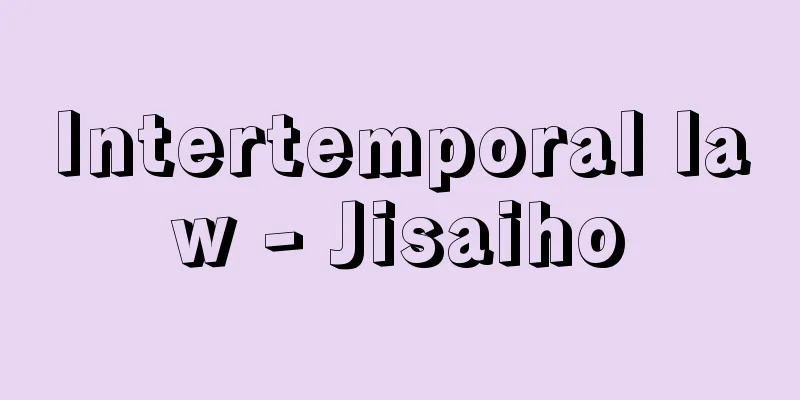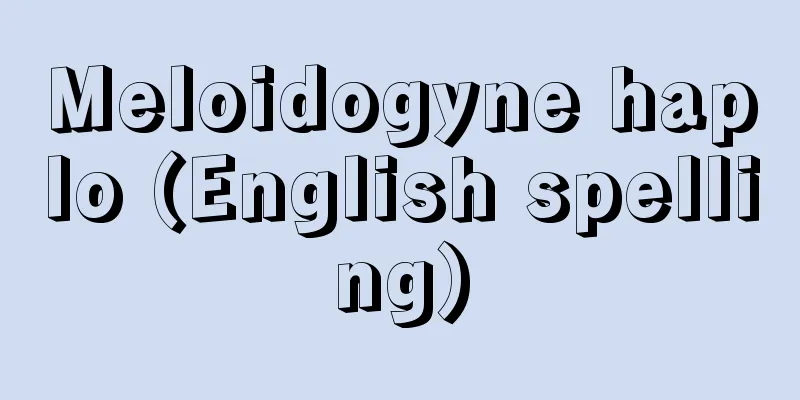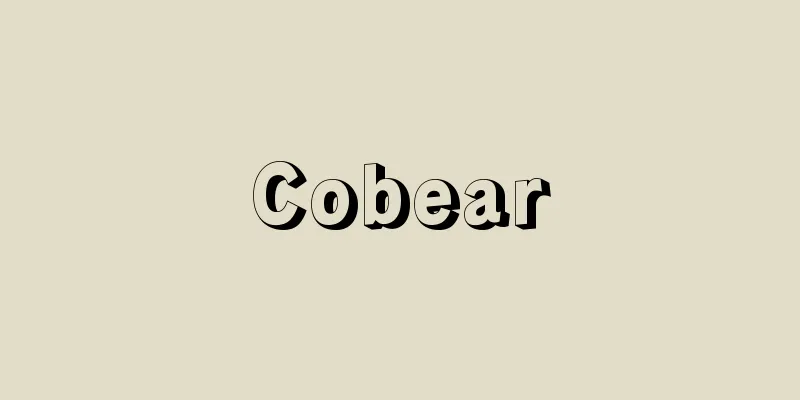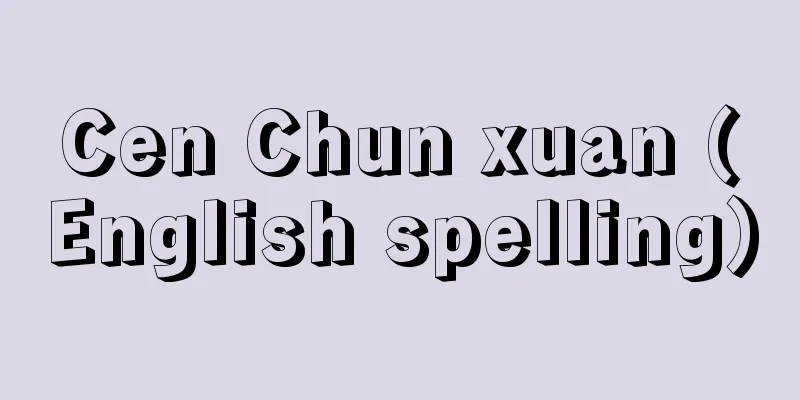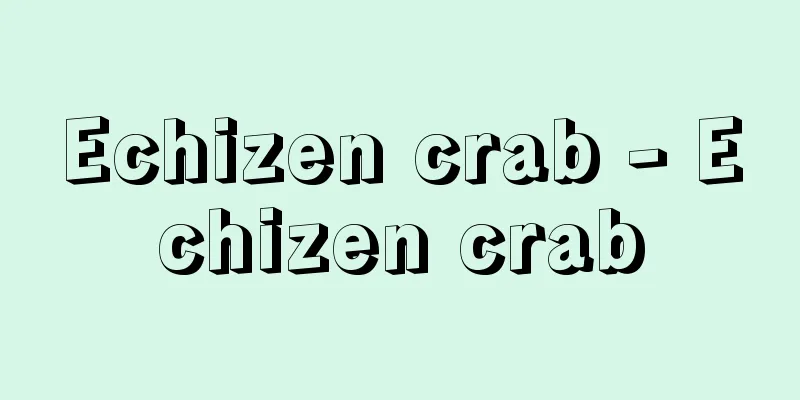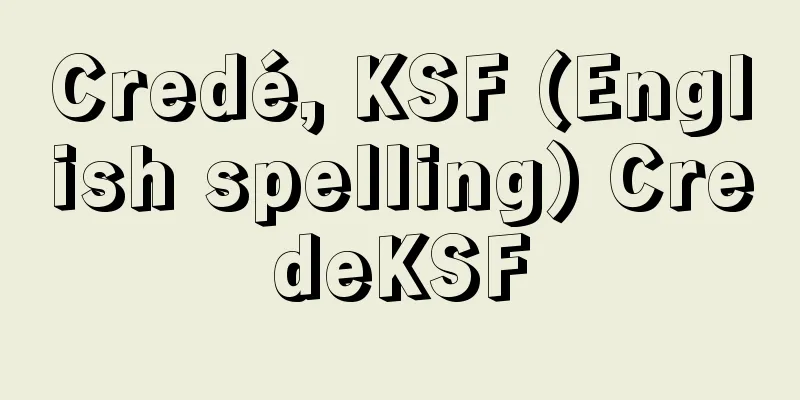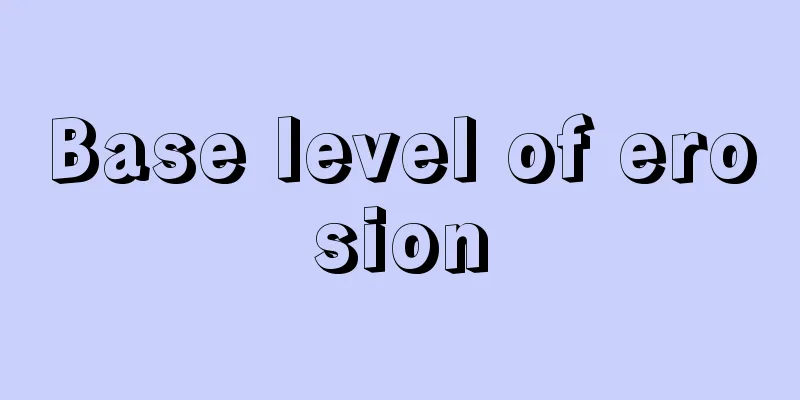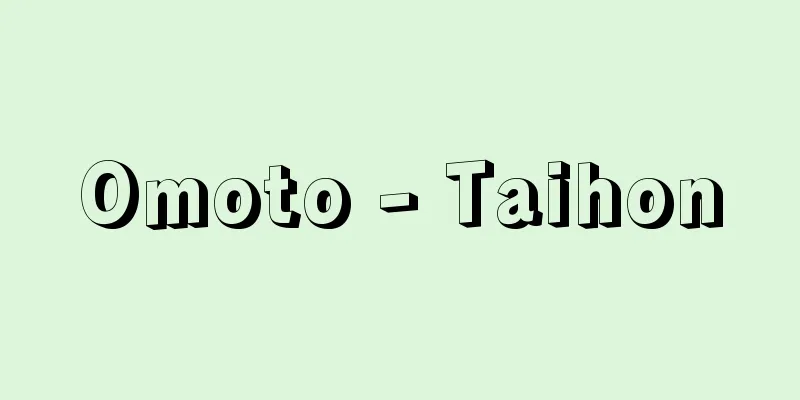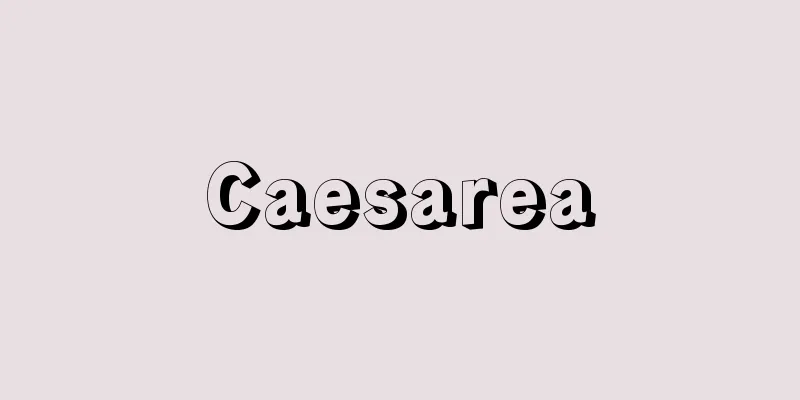Kanegamisaki - Kanegamisaki
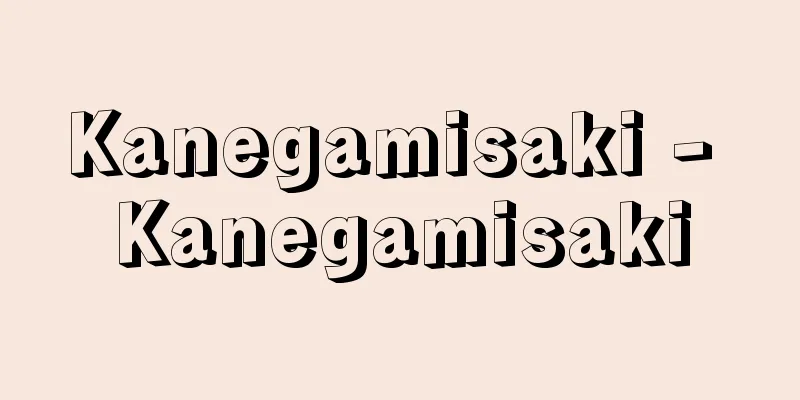
|
(1) The title of a jiuta piece. Nakamura Tomijuro I performed "Kyō Kanoko Musume Dojōji" ("Musume Dojōji") at the Edo Nakamura-za in 1753 (the 3rd year of the Horeki era) and was a big hit. After returning to Osaka, he performed it again in 1759 as "Edo Kanoko Musume Dojōji" at the important performance of "Kyushu Kanegamisaki" in the Kado Theater. The dance setting from this performance remained in the jiuta and gave the piece its title. It is said that Fukakusa Kengyo added the koto parts. Around the Bunka/Bunsei era (1804-1830), Ishikawa Koto (some say it was Kikuoka Kengyo) of Kyoto added tegoto to the first half of this piece, and in the Meiji era, Honda Koto of Kumamoto added the koto parts, and in the Ikuta school, this version is called "Shin Musume Dojōji." Source: Heibonsha World Encyclopedia, 2nd Edition Information |
|
(1)地歌の曲名。初世中村富十郎は1753年(宝暦3)に江戸中村座で《京鹿子娘道成寺》(《娘道成寺》)を演じて大当りをとり,大坂へ帰って59年角(かど)の芝居で《九州釣鐘岬(かねがみさき)》の大切(おおぎり)に《江戸鹿子娘道成寺》として再演したが,このときの舞踊の地が地歌にそのまま残りこの曲名がついた。深草検校が箏の手をつけたといわれる。文化・文政(1804‐30)ごろ京都の石川勾当(菊岡検校説もある)がこの前半に手事を加え,明治になって熊本の本田勾当が箏の手をつけたものを,生田流では《新娘道成寺》といっている。
出典 株式会社平凡社世界大百科事典 第2版について 情報 |
Recommend
Philosophical magazine - tetsugakuzasshi
A representative Japanese journal for philosophica...
Kitaushima
...This ceremony is held to welcome the descent o...
Implicit function
Given an equation, for example x 2 +y 2 =1, if yo...
knock
…It is also simply called knock. It is a type of ...
Rhododendron pentaphyllum (English name) Rhododendronpentaphyllum
…[Yoshiharu Iijima]. … *Some of the terms that me...
One Stone Sutra - Issekikyo
...A type of sutra buried in a sutra mound. Also ...
Iranian Azerbaijan - Iranian Azerbaijan
…The average monthly temperature in Baku is 28°C ...
Shubo - yeast starter
<br /> For sake brewing, high-quality yeast ...
Akaishi Township - Akaishi Township
...It occupies the lowlands on the north bank of ...
Living soul - Ikumusuhi
It is also written as "production day" o...
Convection voltammetry
...The pattern of the CV voltammogram varies sign...
Şinasi (English spelling)
1824‐71 An Ottoman enlightenment thinker. Under th...
Guinea [Region] (English name)
The name given by Western Europeans to the west co...
Fault - Ochido
(A sound change of "Otsudo (cross degree)&quo...
Ichifusa-kakure ruins
…The older style of Menda pottery has a curved bo...
